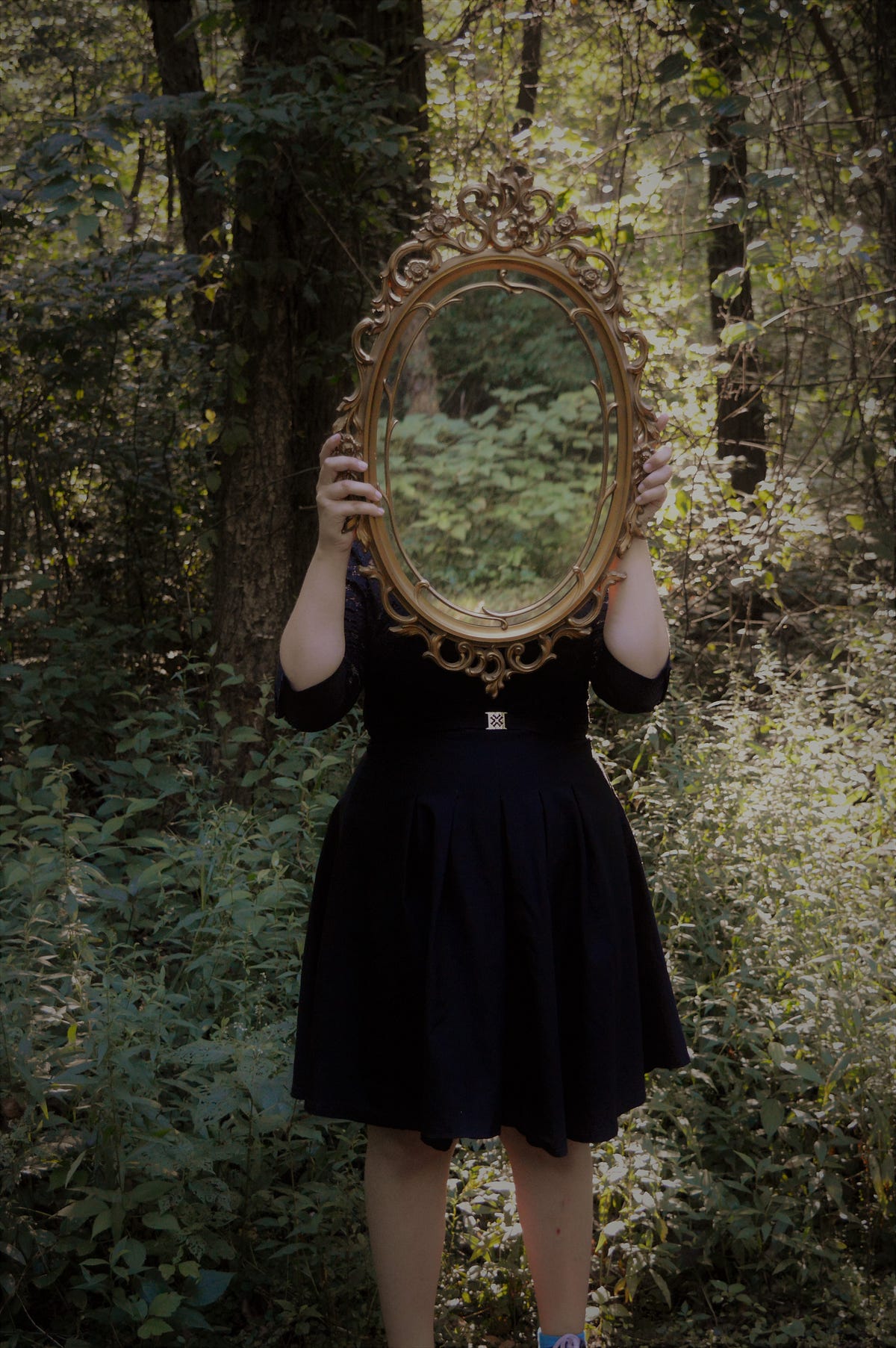

Neglecting rather complex process that takes place in the bulk of glass, we suppose that only the front and the back surfaces reflect light. Here we confirm the truth of Horniček’s answer by simulation the reflection phenomenon on a slightly thicker sheet of glass. In a television show the question “where has the light gone away when there is dark?” the popular actor Horniček answered, “the light has anywhere gone away, it is only not seen”. Nevertheless, in the section Diffraction it is shown that they play principal role when parts of the mirror are scraped away at regular intervals. By the way we have derived one of the postulates of geometric optic learnt in the elementary school: the angle that an incident ray makes with the normal is equal to the angle that the reflected ray makes to the same normal.įrom the Cornu spiral shape one might conclude, that parts of mirror at large distance from the mentioned normal play no role in the reflection phenomenon. This happens to be in the vicinity of the least time that a photon needs to land on the detector. It is evident vectors, whose direction is nearly the same, make the major contribution to the vector sum. Reflection on mirror ( reflection-mirror.exe) Square of vector sum length is proportional to a probability that a photon starting from the point source falls onto the detector.įig. Sequence summation of these vectors from left to right results in a nice Cornu spiral whose starting and ending points define the vector sum.

Below the mirror there are shown photon vectors after reaching the detector. In the sum-over-path method the meas-ure for time is the length of the path. 10 shows the time, which takes a photon to go from the source to a point on the mirror and then to the detector. The straight-line segments represent all paths between point source via mirror point to the detector in accord with the analysis in section Point-to-Point paths. 10 where paths are drawn, along which photon can travel from source to detector. Here we discuss the well-known phenomenon of reflection based on the sum-over-paths method.


 0 kommentar(er)
0 kommentar(er)
